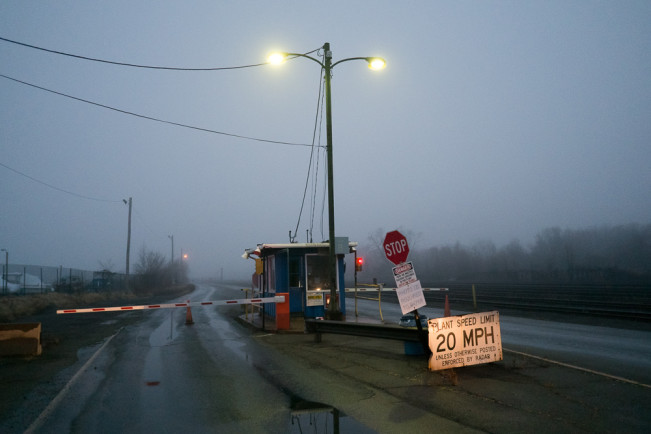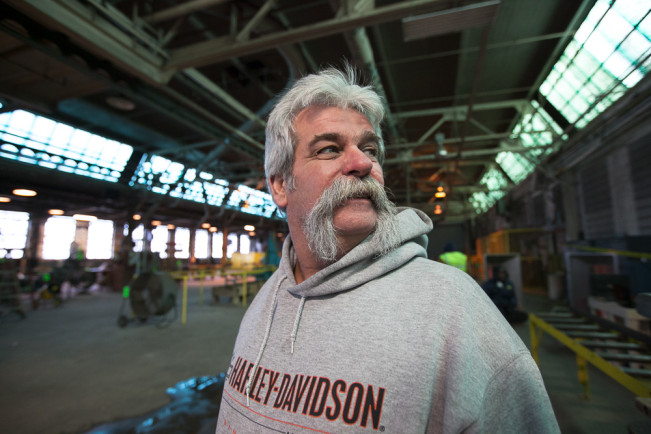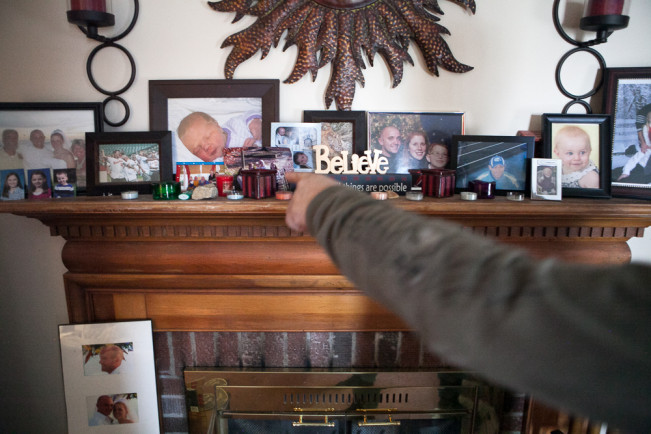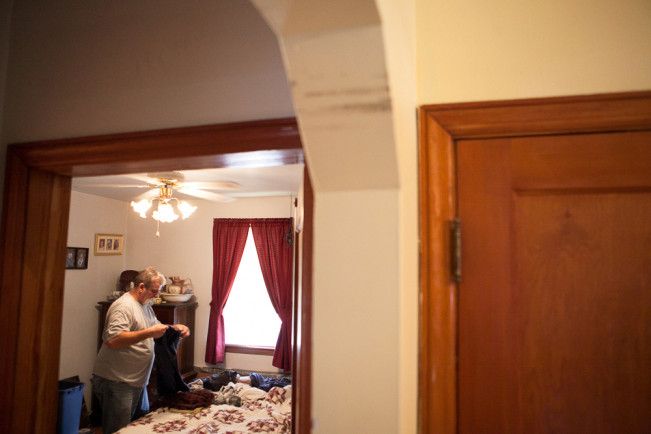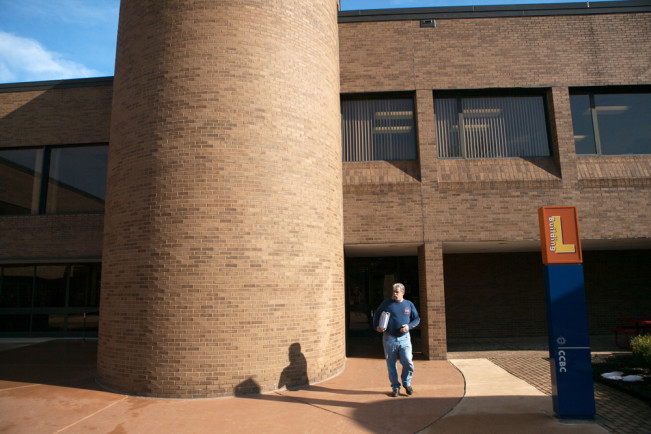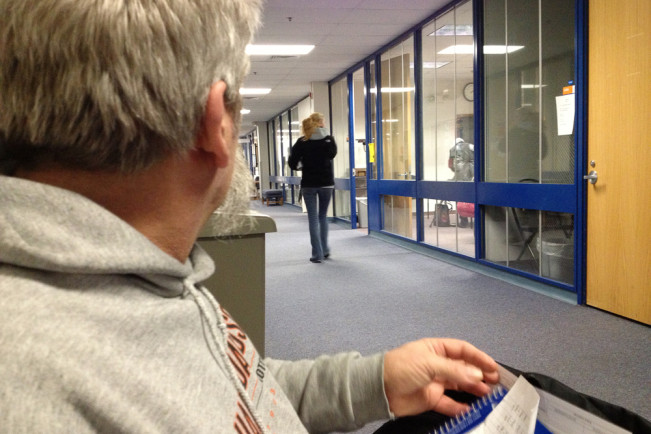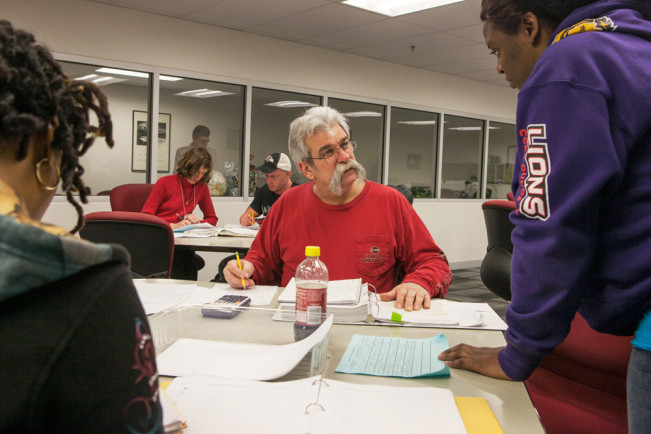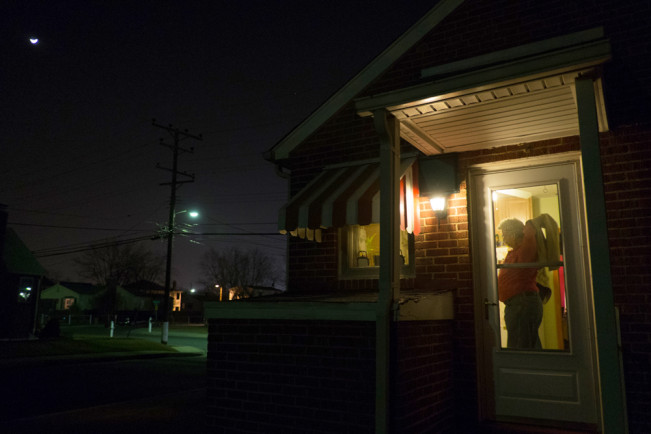Eric Kruszewski: Life After Steel
Telling stories is something that photographer Eric Kruszewski is good at. His recent project, Life After Steel, explores the drastic affects on plant workers created by the closing of Sparrows Point Steel Mill in Baltimore. “This past spring, I began documenting two former Sparrows Point workers: Bobby Curran, who at 58 years old had to return to college for retraining; and Debbie Jennings, whose husband Bob, committed suicide after struggling to get back on his feet following the mill’s closure. While just one story, it carries national implications as millions are affected by America’s manufacturing decline.” These are the stories of ordinary Americans, faced with reinvention and a community in decline.
Eric is based in Baltimore, Maryland. After completing engineering school, he worked dismantling chemical weaponry, securing biological agents and processing nuclear waste. But business trips to sensory-overloaded Central Asia rattled his tech foundation and uncovered a passion for photography. After a 10-year stint in engineering, Eric resigned (March 2012) to practice his photography full-time. Now having traveled to 37 countries, Eric documents social, economic and cultural issues both abroad and in his backyard. His work has been published by organizations such as National Geographic (online), The Wall Street Journal and ABC News. Eric is an executive board member and mentor with the Young Photographer’s Alliance. His work is represented by National Geographic Creative.
Bobby began with a full curriculum, 12 credits, that consisted of Algebra, English and two Sociology classes. This video follows Bobby during his re-training. Stressed from the rigors of college education, Bobby resigned from school only three weeks into the program. Thereafter he considered a different program in a local trade program.
Posts on Lenscratch may not be reproduced without the permission of the Lenscratch staff and the photographer.
Recommended
-
Paccarik Orue: El MuquiDecember 9th, 2025
-
Lauri Gaffin: Moving Still: A Cinematic Life Frame-by-FrameDecember 4th, 2025
-
Dani Tranchesi: Ordinary MiraclesNovember 30th, 2025
-
Art of Documentary Photography: Elliot RossOctober 30th, 2025
-
The Art of Documentary Photography: Carol GuzyOctober 29th, 2025

